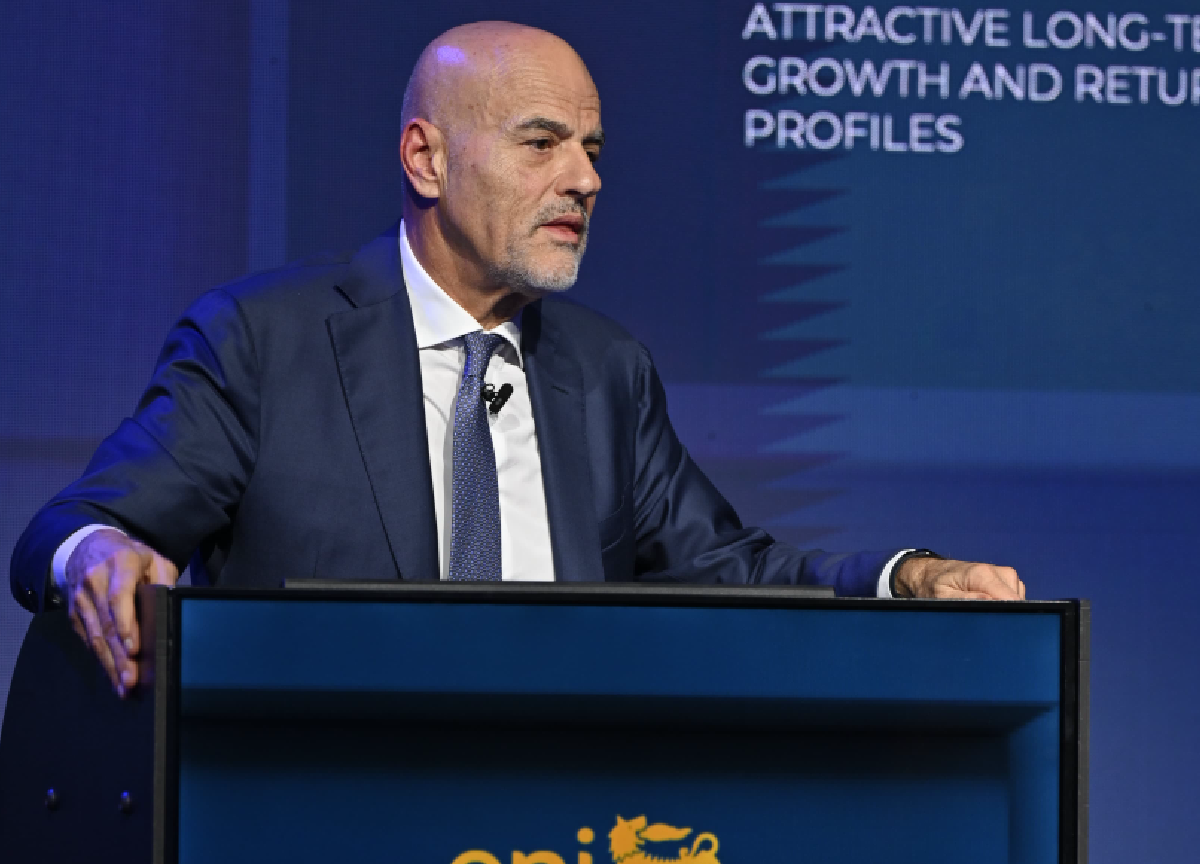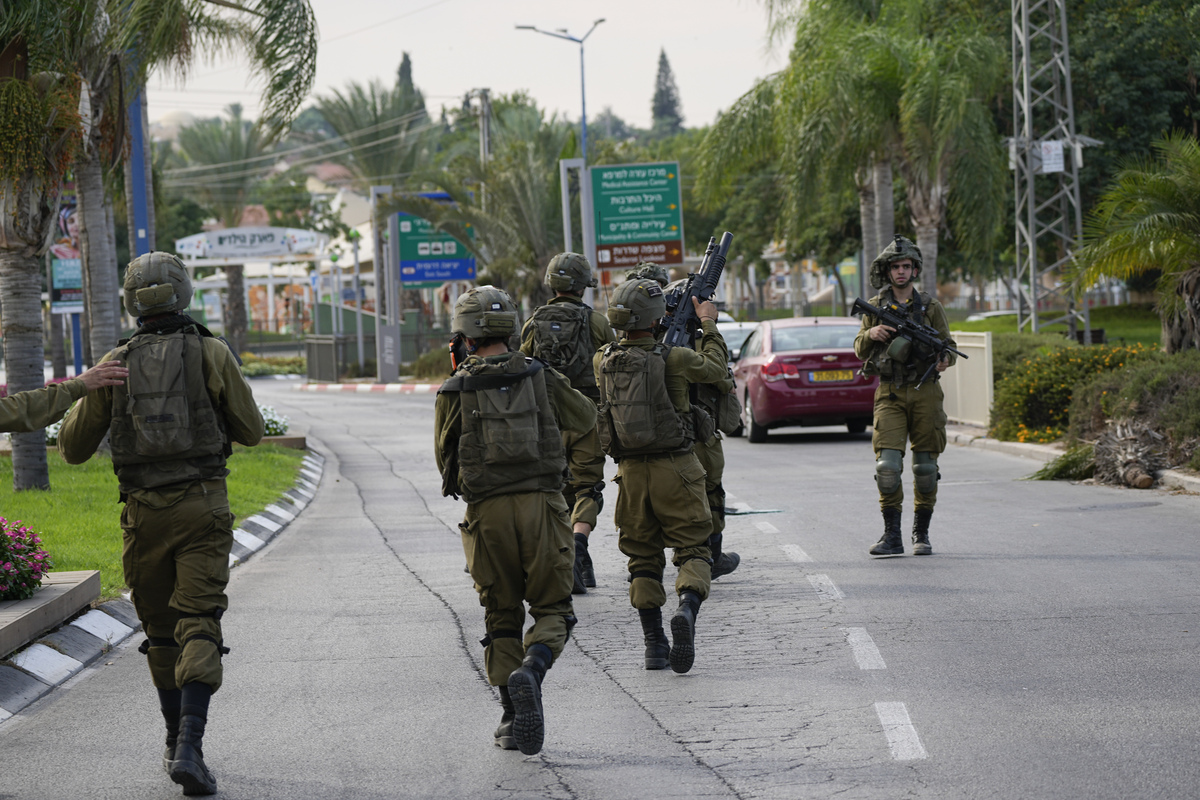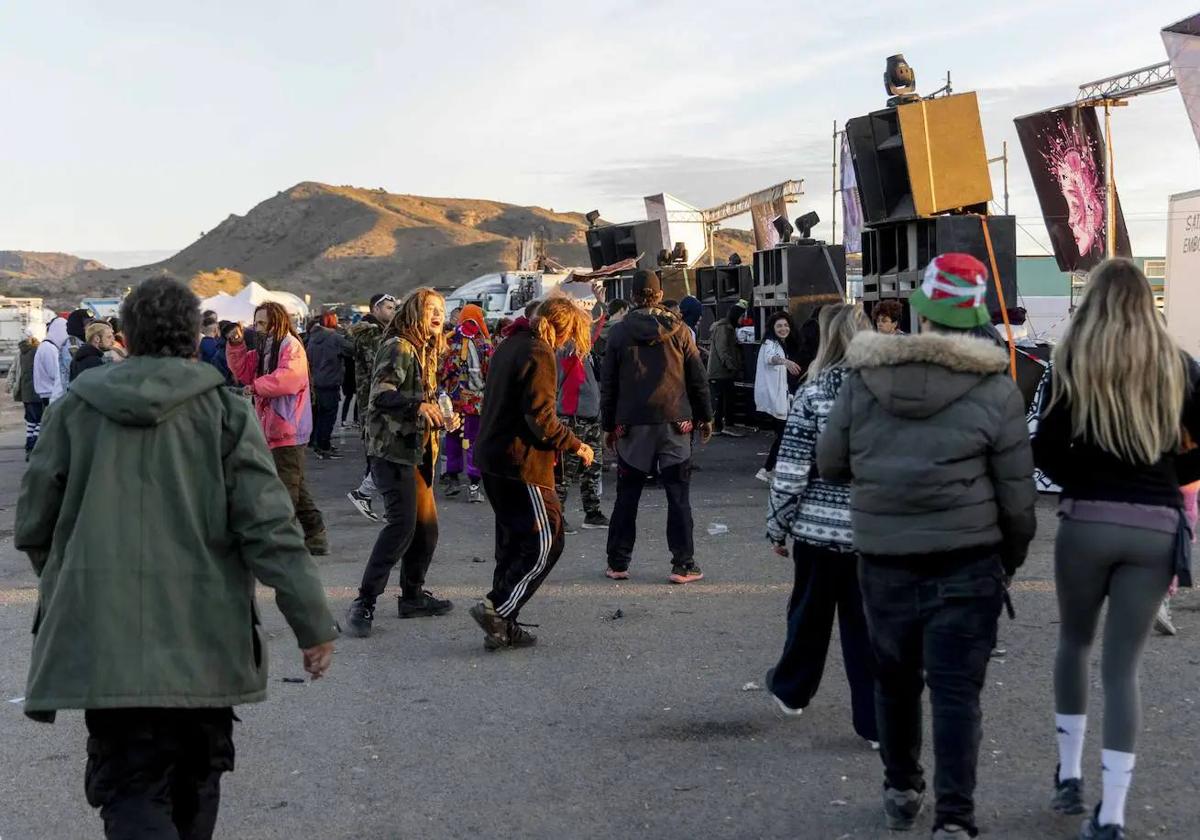Preparations for the Sote reform are progressing at a variable pace in future welfare areas. Sanna Svahn, Espoo’s Director of Basic Security, estimated in June that the schedule was impossible. “I had to reposition myself,” he says now.
In Finland is currently undergoing one of the largest administrative reforms in history, with responsibility for organizing social and health care being transferred from municipalities to new, wider welfare areas.
In the future, the regional councils, which will be elected in Helsinki and Åland, will decide on the organization of the rescue operation elsewhere. elections in January. They decide, among other things, where the health centers are located and how the elderly are cared for.
Preparing for change is a huge job. HS asked two of its leaders how it was progressing.
“Work there is a huge amount left, and the areas are so different, ”says the department head Kari Hakari Ministry of Social Affairs and Health (STM). He coordinates the preparation of all welfare areas for reform.
According to Hakari, however, all areas have got off to a good start, although the pace is different and the schedule is tight.
Exactly 600 tasks have been compiled for the roadmap for regional implementation.
“Patient data and human resources data, such as payroll systems, are very critical,” says Kari Hakari, Head of Department at the Ministry of Social Affairs and Health. He coordinates the preparation of the whole of Finland, ie all welfare areas, for reform.
The most difficult According to Hakari, the point in the preparation and implementation is the coordination of information systems.
“Patient data and HR data, such as payroll systems, are very critical,” Hakari says.
Approximately EUR 400 million has been set aside for the mediation of information systems, but the regions have applied for about EUR 1 billion.
The transfer of almost 200,000 employees to a new employer is made through a transfer of a business, which requires a co-operation procedure.
Wages the cost of coordination no one knows yet, but it is estimated at hundreds of millions of euros or even a billion euros.
Read more: Sote reform could cost an additional billion a year – No one yet knows how much it will cost to match the salaries of nursing staff
The most there is work in provinces that currently have numerous responsibilities for organizing social and health care.
According to Hakari, such areas include Southwest Finland, Pirkanmaa, Northern Ostrobothnia and Western Uusimaa.
“Western Uusimaa is one of the worst when it started moving so slowly. In Pirkanmaa, for example, the machines were put into operation much faster, ”says Hakari.
On the other hand, there are a number of sote-municipal associations that seem to be pioneers. These include Siun Sote in North Karelia and Exote in South Karelia.
Sanna Svahn, Espoo’s Director of Basic Security, is the chairman of the temporary preparatory body for the Western Uusimaa Welfare Region, which has 15 preparatory directors.
Western Uusimaa The headquarters for the preparation work for the welfare area is in Espoo, with a director of basic security Sanna Svahn estimates in June that a timetable for SOTE reform is impossible for the region.
In addition, the economic impact of the entire reform on the city has been considered unsustainable in Espoo.
“Western Uusimaa will not have the opportunity to take on organizational responsibility in early 2023,” Svahn told HS in June.
Now Svahn has another sound on the clock.
“I had to reposition myself during the summer vacation and find that it is here now. The laws went through in parliament, so I had to roll up my sleeves. ”
From August Until now, Svahn has been the chairman of the Provisional Preparatory Body for the Western Uusimaa Welfare Area, which has 15 preparatory directors.
The budget for the region is estimated at around two billion euros.
“My role is alive, I am a kind of orchestra,” Svahn describes his work as a guardian of the social reform of ten municipalities of quite different sizes and coordinator of diverse systems.
Svahn is already an enthusiastic conductor of the orchestra: “This is a tremendous opportunity to build something completely new from a clean slate.”
Concerned Svahn is about how to get the population to wake up before the regional elections and get excited about the reform. While it sounds bureaucratic, it aims to improve services that are important to everyone.
“We now have the opportunity to create a machine for world-class sote services. The area has a highly educated population and low morbidity, so the chips are good so far, ”says Svahn.
But first you have to put the machinery in order.
The main work is the mediation of various information systems. There are 36 patient information systems in the region alone, and thousands of food service contracts. About 10,000 employees change employer.
Svahn reminds that there is a gradation and a transition period in the contract, and not everything has to change overnight, but piece by piece.
“The law requires that on 1 January 2023, the responsibility for organizing be transferred to welfare areas, which must also have their own cash flow. From the customer’s point of view, the staff and facilities will remain the same, at least initially, ”says Svahn.
According to Sanna Svahn, Espoo’s Director of Basic Security, the most important thing in implementing the SOTE reform is the mediation of various information systems. There are 36 patient information systems in Western Uusimaa alone, and thousands of food service contracts. About 10,000 employees change employer.
Hakarin according to which big questions also arise about the organization of regions such as boards. According to the law, there must be only an inspection board, a national language board and Sámi language boards.
Ultimately, the regional council decides on the number of boards. Welfare areas have similar self-government as municipalities.
Hakari considers the power of the regional councils to be great, even if the funding for them comes at least initially from the state. The delegates have a pot of around EUR 15 billion in their hands.
“The councils decide on the entire service network and, for example, on preventive, primary and specialist care.”
“And that money doesn’t come from the state automatically if only a hand is asked,” Hakari recalls about the need-based and evaluation process. Even a small incentive to promote health is coming.
Read more: Young people’s mental health problems cannot be solved by additional resources alone, says the professor: These societal changes are behind the nausea
Read more: Party leaders believe spending money on mental health services pays for itself: “It will be cheaper economically to invest in prevention”
Read more: Earlier age groups looked past the painful feelings, but young people are pushing for a mental welfare state in Finland
Read more: This is how health care for those living in the Helsinki region is changing – HS compiled ten answers to what the historic SOT reform means in practice
Read more: “You can even on the phone” – A revolution has begun in Finnish healthcare, the scale and effects of which are rarely understood
Read more: Anyone can now buy an empty health center for only a few thousand euros – Riitta Tuominen decided to seize the opportunity and make money with a completely new business
Read more: When the memory has left a person, everyday life becomes strange – A journalist and a photographer followed the life of a nursing home for three days
.
#Regional #elections #patient #information #systems #coordinated #roll #sleeves #Sanna #Svahn #leading #historic #administrative #reform #Espoo






